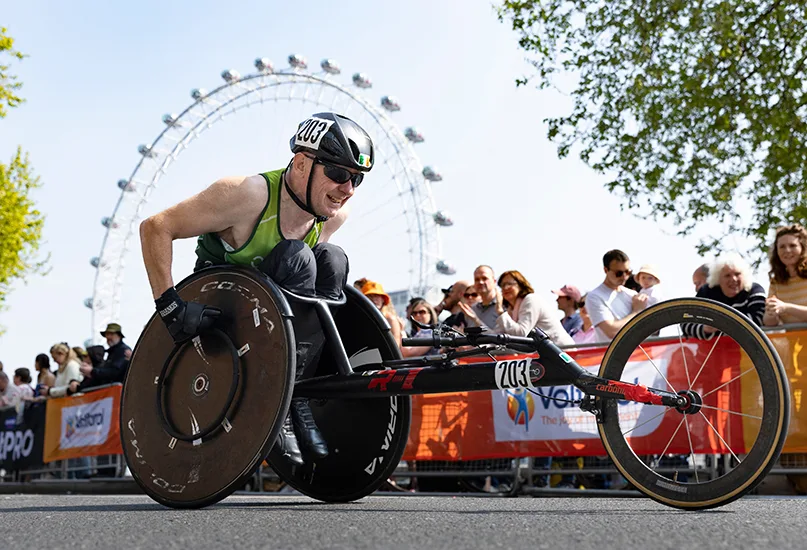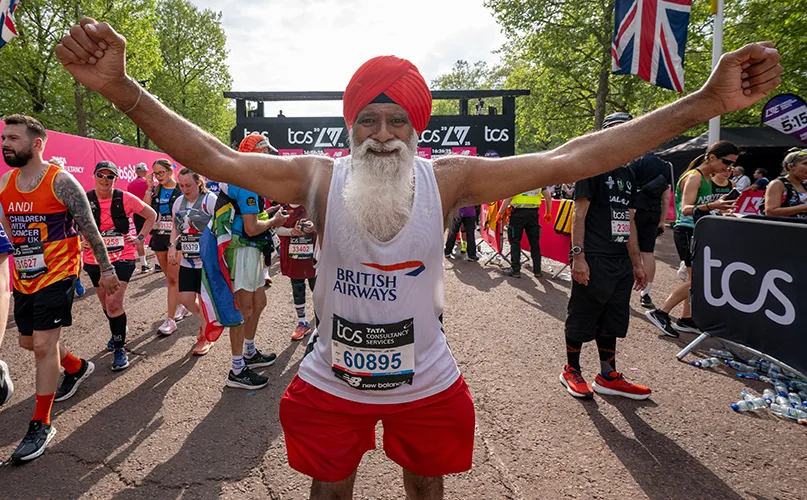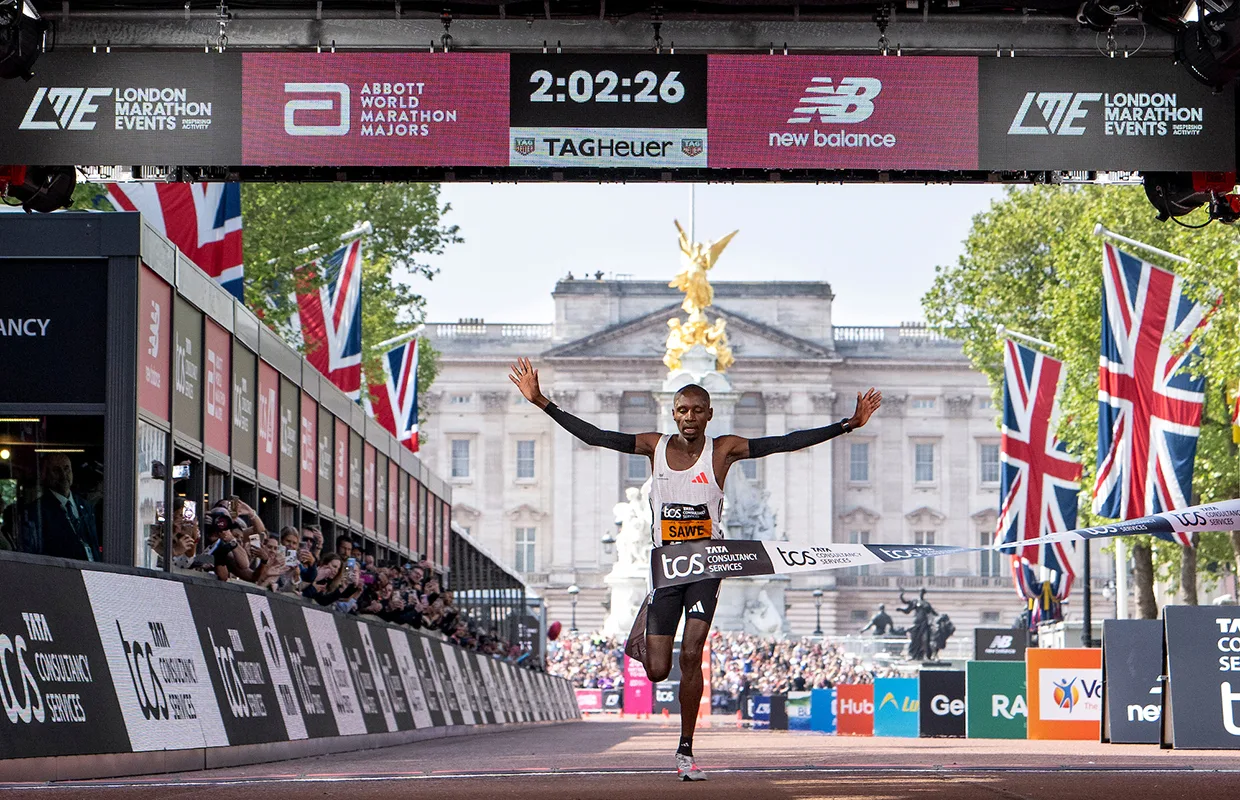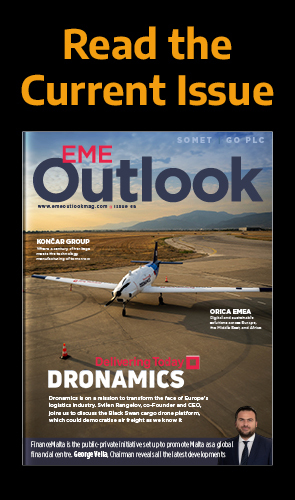Comprising a distance of more than 26 miles and with over 56,000 participants in 2025, the London Marathon is undeniably a major sporting and logistical feat. Behind the scenes, countless healthcare charities and organisations are on hand to help runners reach the finish line.
DESERVING OF A MEDAL
This year’s running of the London Marathon, which continues to be one of the UK’s largest annual sporting events, took place on 27th April in partnership with official charity partner Pancreatic Cancer UK.
Annually, organisers select a Charity of the Year to publicly support which is actively undertaking an innovative project that will create a lasting impact on its beneficiaries.
Pancreatic Cancer UK, for example, is working on a ground-breaking new test that will enable earlier disease detection, to which donations from this year’s event will contribute.
The Charity of the Year also receives several other benefits including increased funding opportunities, guaranteed race entries, and exclusive use of the sought-after title.
Marie Curie UK has already been selected as the official London Marathon Charity of the Year for 2026 as it seeks to fund improved end-of-life care for people living with terminal illness.
Partnering with national healthcare charities is a long-standing tradition for the event, which offers a significant number of race places to various healthcare organisations, allowing individuals to raise money by way of sponsorship and donations.
Furthermore, a new Charity Bond Scheme, launched in 2024 and set to take effect in 2026, seeks to enable potentially underrepresented UK charities to secure more affordable London Marathon race places in the form of bonds for a term of up to four years, supporting greater inclusion for smaller charities.

THE SILENT CAREGIVER
One of the many healthcare charities that participates in the London Marathon each year is St John Ambulance (St John).
In addition to the 220 marathon places the charity offers runners, its overall contribution goes much deeper.
Providing first aid, ambulance, and medical support services on site at the marathon since the event’s inception, St John’s involvement is often unsung but crucial.
Run entirely by volunteers, the St John team operates from within medical tents stationed at every mile of the marathon, with runners triaged between tents by a St John ambulance where necessary.
Positioned all the way along the last mile of the marathon and beyond the finish line is the ‘Finish Team’, part of the official London Marathon Medical team, which includes around 60 physiotherapists, St John doctors, specialist accident and emergency (A&E) nurses, as well as a consultant on standby.
To enable the team to effectively provide the necessary medical assistance, each marathon runner is fitted with a bib, on the back of which compulsory medical information must be provided, such as emergency contact details, medical conditions, and blood type.
The London Marathon’s Medical Director, Professor Sanjay Sharma, also offers medical advice on the official website each year which runners can access ahead of the race, answering FAQs and providing insight into the fitness levels required to compete.

TO TRAIN OR NOT TO TRAIN?
In addition to paying heed to medical advice, it’s vitally important for London Marathon participants to train correctly and fuel their bodies.
As such, the event’s organisers release mandated training plans each year, differentiated for beginner, improver, advanced, and wheelchair participants.
Alongside a weekly running schedule that builds incrementally towards the race date, the plans also include advice for participants on staying hydrated, nutrition strategies, and how to hit their fundraising targets.
Furthermore, climate conditions must be carefully considered, especially if runners aren’t used to long distances in elevated temperatures.

This year’s marathon was unseasonably warm, with temperatures of up to 23 degrees Celsius, which led to organisers issuing additional advice closer to the time of the event on how to stay safe in the heat.
Wearing loose mesh clothing, for example, was recommended to prevent overheating, whilst runners were advised to begin the race slowly and frequently visit the additional water stations that had been drafted in.
Having already received over one million applications, next year’s London Marathon is set to be bigger and better than ever, both in terms of spectators and participants.
With this in mind, the message from the event’s organisers, and medical staff in particular, was particularly prevalent – stay safe out there!






























